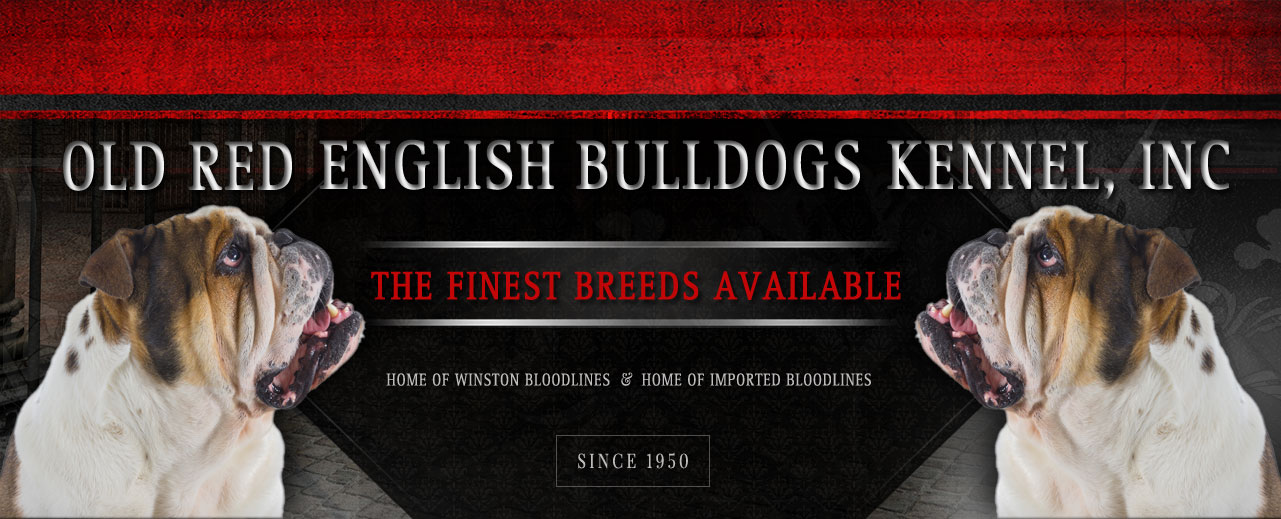
Terrier Group
The goals and purposes of this breed standard are to provide guidelines for breeders who aim to maintain and improve the quality of the breed, to promote consistency and uniformity of the breed worldwide, and to serve as a reference for judges in evaluating the breed.
Breeders and judges are responsible for avoiding any conditions or exaggerations that could negatively impact the health, welfare, essence, and soundness of the breed. They must ensure that such issues are not perpetuated within the breed.
Any departure from the following should be considered a fault, and the seriousness of the fault should be judged based on its degree and its impact on the health, welfare, and ability of the dog to perform its traditional work.
HISTORY
The Patterdale Terrier is primarily descended from the black, smooth-coated Fell Terrier, which was developed in the harsh environment of Northern England. The Fell Terriers were bred to control vermin that preyed on sheep, with their main tasks being bolting quarry out of dens or dispatching it if it chose to fight. As a result, the Patterdale Terrier inherited characteristics that make it an extremely game and “tough as nails” dog.
The Patterdale Terrier was recognized by the OREBA REGISTRY KENNEL CLUBS on January 1, 1994.
GENERAL APPEARANCE
The Patterdale Terrier is a sturdy, tough, and active little dog that presents a compact, balanced appearance. As a working terrier, it must be capable of squeezing through very small passages underground to follow its quarry. The chest of the Patterdale should be narrow enough to be spanned behind the shoulders by an average man’s hands, with the fingers of both hands touching.
Patterdales stand between 10 and 15 inches tall at the withers.
The Patterdale Terrier is worked far more than it is shown, with breeders focusing primarily on the breed’s practicality. This terrier must have a strong neck, powerful jaws and teeth, the fortitude to hold its quarry at bay, and the ability to squeeze into tight burrows. It must also possess great flexibility and endurance.
Scars resulting from wounds received while working are considered honorable and are not to be penalized.
Disqualifications: Unilateral or bilateral cryptorchid.
CHARACTERISTICS
The Patterdale is an extremely courageous working terrier, traditionally used to go to ground. These dogs are very willing to work and have a strong desire to please. They are highly active and possess a strong prey drive. While they should be peaceful with humans, livestock, and other dogs, they are not suited for the average pet owner. Patterdales require an owner with a sense of humor, one who understands and can tolerate the true terrier temperament.
Disqualifications: Viciousness or extreme shyness.
HEAD
The head of the Patterdale Terrier is strong and powerful, in balance with the size of the dog, and has a wedge or trapezoidal shape when viewed from the front. The length of the skull and muzzle are equal, or the muzzle may be slightly shorter than the skull. Both the jowl and muzzle have good substance, with the muzzle being strong and never appearing snipy or weak.
TEETH
A full complement of strong, white teeth meet in a scissors or level bite. Teeth that are broken, or incisors that are lost, due to working, are not to be penalized.
EYES
The eyes of the Patterdale Terrier are set squarely in the skull and are fairly wide apart. As an earth-working terrier, it is important that the eyes do not protrude or bulge. The eye color should be in harmony with the coat color, but never blue.
EARS
The ears of the Patterdale Terrier are triangular in shape, small to moderate in size, and fold tightly just above the skull. The tips point toward the outside corner of the eye.
NOSE
Black except in the liver/chocolate-colored dogs, which have a brown nose, commonly referred to as “red”.
NECK
The neck is clean, muscular and of moderate length, widening gradually from the nape and blending smoothly into the shoulders.
Faults: Ewe neck, neck too short or too thick.
FOREQUARTERS
The shoulder is long, sloping and well laid back.
FORELEGS
The forelegs are strong and straight, with good bone. The elbows are set close to the body but move freely. Pasterns are powerful and flexible.
Faults:
The forelegs of the Patterdale Terrier are strong and straight, with good bone structure. The elbows are set close to the body but allow for free movement. The pasterns are powerful and flexible. Faults include bowed legs, a fiddle front, down in pasterns, toes turned out, knuckling over, or any other misalignment of joints, such as being out at the elbow.
BODY
In proportion, the body of the Patterdale Terrier should be square or slightly longer than tall, measured from the point of the shoulder to the point of the buttocks and from the withers to the ground. The back is of moderate length and level, blending into a muscular, slightly arched loin with a slight to moderate tuck-up.
The chest of the Patterdale Terrier should be firm yet flexible, deep to the level of the elbow, but moderate in width and oval in shape.
SPANNING
Spanning is an important part of the judging process for the Patterdale Terrier. It is done to test for size, compression, and flexibility. The Patterdale should be capable of being spanned directly behind the shoulders by an average-sized man’s hands. When spanning, lift the front legs off the ground or table and gently squeeze the bottom of the chest to ensure that the chest will compress.
Faults:
A chest that is too deep or wide, incapable of being spanned, or lacking the ability to compress, as well as a body that is too cobby or barrel-shaped, causing a lack of flexibility in the back, are considered faults in the Patterdale Terrier.
HINDQUARTERS
The hindquarters are strong and muscular. Bone, angulation and musculature match that of the forequarters.
HIND LEGS
The stifles should be well-bent, and the hocks well-let down. When the dog is standing, the short, strong rear pasterns should be perpendicular to the ground, and when viewed from the rear, they should be parallel to one another.
TAIL
The tail is set high but should not be carried over the back. If docked, only one-quarter to one-third of the tail should be removed, as the tail is sometimes the only means of pulling the dog out of a burrow. The tail should be strong but not overly thick. There is no preference for either docked or natural tails.
Serious Fault: Gay tail, carried forward over the back.
Eliminating Fault: Bob tail.
COAT
The coat may be smooth, broken or rough. In both coat types, there should be a short, dense undercoat. Very little grooming is required to keep the coat healthy.
SMOOTH
hair is coarse, dense and stiff, falling back in place when lifted. No wave is present.
BROKEN
The broken coat is an intermediate type, with longer guard hairs than the smooth coat. These guard hairs are coarse and wiry and may be wavy. A broken-coated dog may or may not have face furnishings, which form a beard, mustache, and eyebrows.
ROUGH
the hair is coarse and longer overall, including the face and ears.
A correct coat is important for protection against the wet underground and briars. Dogs with damaged coat sections, such as those caused by hunting scars or abrasions, should not be penalized in the show ring as long as the overall texture of the coat can still be determined.
Serious Fault: Coat in any climate that is soft, long or downy in texture.
COLOR
Acceptable colors for the Patterdale Terrier include black, red, liver/chocolate, grizzle, black and tan, and bronze, either solid or with some white markings on the chest and feet.
Notes on color variations for the Patterdale Terrier include the following: Blacks may have some lighter hairs in the coat. Reds can range from tan to deep rust, and it’s not uncommon for there to be some black around the muzzle. Liver/chocolates can vary from very dark chestnut to a lighter brown. Black and tans may have varying degrees of these colors.
Disqualifications for the Patterdale Terrier include albinism and any patch or spot of white marking on the body or head. This should not be confused with scarring, which can cause white hairs to grow in certain areas.
HEIGHT & WEIGHT
The Patterdale Terrier ranges in height from 10 to 15 inches at the withers. Weight should be in proportion to height, with dogs always shown in hard, fit, working condition, without any excess fat.
GAIT
When trotting, the gait is effortless, smooth, powerful, and well-coordinated, showing good but not exaggerated reach and drive. The topline remains level, with only a slight flexing to indicate suppleness. Viewed from any position, the legs do not turn in or out, nor do the feet cross or interfere with each other. As speed increases, the feet tend to converge toward the centerline of balance.
Movement faults should be penalized to the extent that they would interfere with the terrier’s ability to work efficiently.
ELIMINATING FAULTS
(An Eliminating Fault is a Fault serious enough that it eliminates the dog from obtaining any awards in a conformation event.)
Bob tail.
DISQUALIFICATIONS
(A dog with a Disqualification must not be considered for placement in a bench show/conformation event, and must be reported to UKC.)
Unilateral or bilateral cryptorchid.
Viciousness or extreme shyness.
Albinism.
Any patch or spot of white marking on the body or head. (Not to be confused with scarring which can cause white hairs to grow in.)
The docking of tails and cropping of ears in America is legal and remains a personal choice. However, as an international registry, the OREBA KENNEL CLUBS is aware that the practices of cropping and docking have been forbidden in some countries. In light of these developments, the OREBA REGISTRY KENNEL CLUBS believes that no dog in any ORKC event, including conformation, shall be penalized for having a full tail or natural ears.
These are the Bulldogs and Mastiffs we breed and sell.
The pictures on each page are for identification purposes and OldBulldogs.com does not own every animal pictured. These pages are informational and intended to describe the standards of each breed.
- Alano Español
- Alapaha Blue Blood Bulldogs
- American Bandogge Mastiffs
- American Bully-Bullies
- American Pit Bull Terriers
- American Staffordshire Bullies
- American Staffordshire Terriers
- Arkansas Giant Bulldogs
- Australian Bandogge Mastiffs
- Australian Bulldogs
- American Bulldogs-Old Time Southern Bulldogs-Old Southern Whites
- Banter Bulldogs
- Boxer Bulldogs
- Bull Terriers
- Bull Mastiffs
- Miniature Bull Terriers
- Mexican Bulldogs
- Miniature English Bulldogs
- Neapolitan Mastiffs
- Old Boston Bulldogs
- Olde English Bulldogges
- Old Victorian Bulldogs
- Patterdale Terrier
- Perro de Presa Canario
- Performance-Standard Type American Bulldogs
- Perro de Presa Mallorquin
- Panja Mastiffs
- Renascence Bulldogs
- South African Boerboel
- Staffordshire Bull Terriers
- Saint Bernard
- Valley Bulldogs
- Winston Working Bulldogs
- Winston’s Working Mastiffs
- Winston’s Working Terriers
- Winston’s Working Hounds
- Winston’s Working Shepherds
